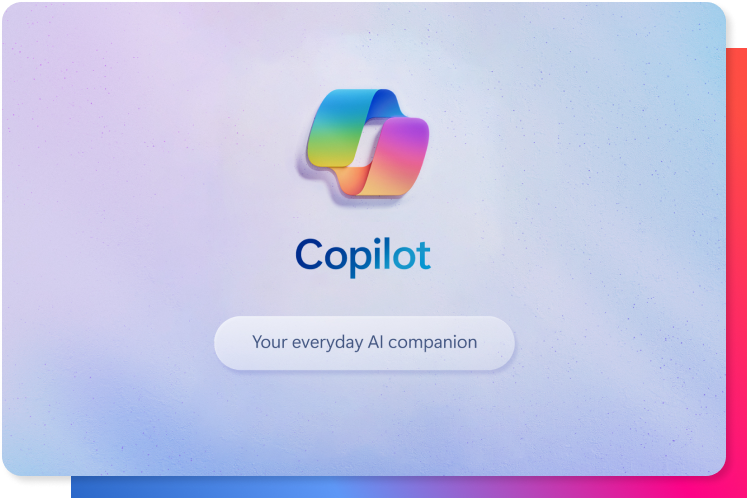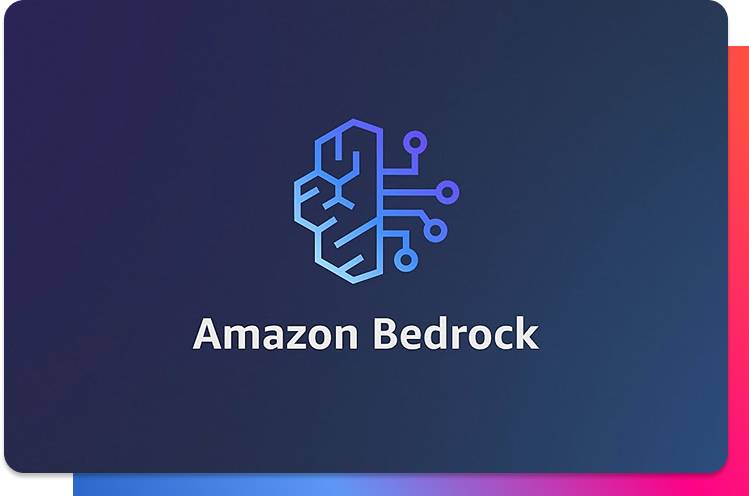Waiting on data can bring operations to a halt, creating significant bottlenecks for both data analysts and business decision-makers. As enterprises grapple with the exponential growth in data sources, legacy tools often fail to keep pace, leading to frustration among IT and data engineers who face overwhelming new data requests and struggle with integrating disparate data models. The need for a more efficient solution is clear.
The emergence of new data tools
A new class of cloud-based data tools has emerged, aimed at resolving these frustrations. These tools provide pre-built connectors to popular data sources and facilitate connections to a growing number of SaaS applications via RESTful API connectors.
The objective is straightforward: make data loading as quick and easy as possible. However, the myriad of tools from various vendors can complicate the data environment, impacting productivity and delaying data delivery.
Batch data pipelines
Batch data pipelines are designed to process large volumes of data at scheduled intervals, making them ideal for scenarios where immediate processing is not required. Commonly used in industries such as finance, retail, healthcare, and log analysis, batch pipelines enhance operational efficiency and simplify analytics.
Advantages of batch processing
- Facilitates the delivery, processing, and routing of data from source to target destinations like data lakes or warehouses.
- Utilizes essential tools, scripts, and utilities to streamline data management.
- Integrates with platforms such as Amazon Redshift, Amazon Redshift Spectrum, Amazon Athena, and Google BigQuery.
Disadvantages of batch processing:
- Timing: Real-time processing is measured in seconds, whereas batch processing handles data in larger collections over hours, days, or even longer periods.
Popular batch data pipeline tools
Change data capture (CDC) pipelines
CDC pipelines capture and deliver changes made to data in real-time, keeping systems in sync and enabling reliable data replication. This approach supports zero-downtime cloud migrations and real-time analytics, making it ideal for modern cloud architectures.
Advantages of CDC
- Eliminates the need for bulk load updates and inconvenient batch windows.
- Facilitates incremental loading and real-time streaming of data changes.
- Supports real-time analytics, fraud protection, and data synchronization across distributed systems.
- Efficiently moves data across wide area networks, perfect for cloud environments.
Disadvantages of CDC
- Complexity: Adds an agent process on the server, complicating the scaling of the application database.
- Resource-Intensive: Frequent data changes can exert significant pressure on system resources.
Popular change data capture tools
Unifying stream and batch processing
The challenge for enterprise data teams is immense. Handling countless data sources and requests, traditional methods like hard-coding data pipelines are inefficient and time-consuming. Studies show that it can take 4-6 weeks to build a new connector and additional time for maintenance and adjustments.
Modern data tools like Snowflake or Matillion offer a solution, automating the generation of data pipeline code with basic configuration. In many cases, integrating both batch and CDC pipelines in a single system can provide a more holistic view of the data environment and enhance productivity.
Elevate your data strategy with Exomindset
At Exomindset, we work with enterprises to assess their unique needs and determine the best approach for their specific circumstances. Our custom data solutions are designed to streamline your data processes, providing a unified approach to data ingestion and transformation. We eliminate the separation of streaming and batch pipelines, offering a single system that scales effortlessly to meet the demands of any data ecosystem.
Our solutions:
- Unified ingestion and transformation: Combine batch and CDC pipelines in one seamless system.
- Optimized costs: Reduce wasted compute power and optimize costs.
- AI Data cloud integration: Leverage the power of AI for enhanced data analytics and decision-making.







 Español
Español